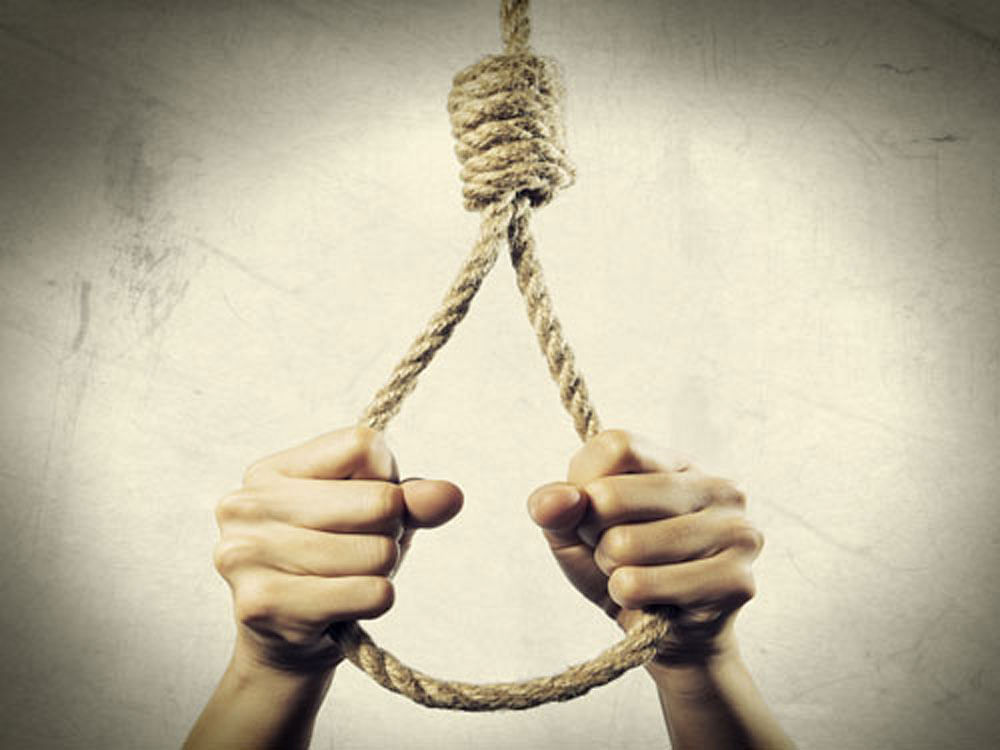
Karnataka tops in the number of suicides in India, followed by Tripura, reports a new research on suicide trends in India.
In 2016, Karnataka recorded an average 30.7 suicides per 1,00,000 population followed by Tripura (30.3). Suicides are also high in other southern states like Tamil Nadu (29.8), Andhra Pradesh (25.0), Telangana (22.4) as well as in West Bengal (23.6).
Kerala and Chhattishgarh are also high in suicide numbers, but for men only. Among women, there is a ten-fold variation between states.
In 2016, India recorded 2,30,300 suicides as against 1,64,400 in 1990, though the suicide rate among women decreased in the past 25 years, says the study by a consortium of researchers and published in Lancet. For Karnataka, the numbers are 36 per 1,00,000 in men and 23.5 for women.
Going by the existing trend, its impossible for most states to attain the UN target on suicide reduction, said lead researcher Rakhi Dandona from the Public Health Foundation of India. The UN target is reduction of suicides by one-third by 2030 from 2015 data.
Among women suicides in the world, 37% are Indians. Karnataka, Tamil Nadu, Telengana, Andhra Pradesh, Tripura and West Bengal come next to the world’s top three countries Greenland, Lesotho and Uganda when it comes to women taking their own lives. Among the men, Indians account for 24% suicides in the world.
“Suicide is the leading cause of death in the 15-39 years age group as 63% of all suicide deaths are in this age group in 2016. For girls, 15-19 years of age is the most crucial. We need a national suicide prevention plan,” said Dandona.
For the country as a whole, there are 15 suicides for every one lakh women, which is more than double the global benchmark of 7 per 1,00,000. For men, the numbers are 21 per lakh in India as against the international average of 16 cases per lakh.
Higher suicide death rates are observed among women. Married women account for the highest proportion of suicide deaths among women in India. “Marriage is known to be less protective against suicide for women because of arranged and early marriage, young motherhood, low social status, domestic violence and economic dependence,” says the paper.
“The ten-fold variation between the states in the suicide death rate for women emphasises the need to better understand the reasons behind these suicides and make concerted efforts to reduce this avoidable loss of predominantly young lives,” said Balram Bhargava, director general of Indian Council of Medical Research.
The Lancet paper on suicide is among a set of five research documents on the trend observed in India on four non-communicable diseases — cardiovascular disease, diabetes, cancer and respiratory illness — and suicides in the last 25 years. Taken together they account for the maximum number of deaths in India.
